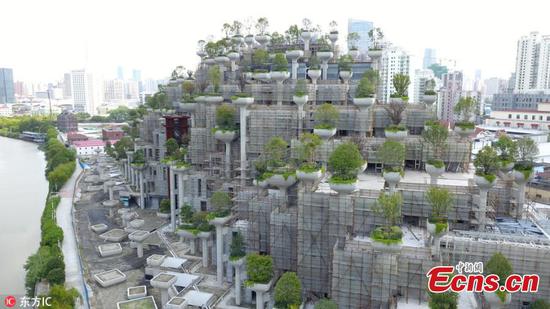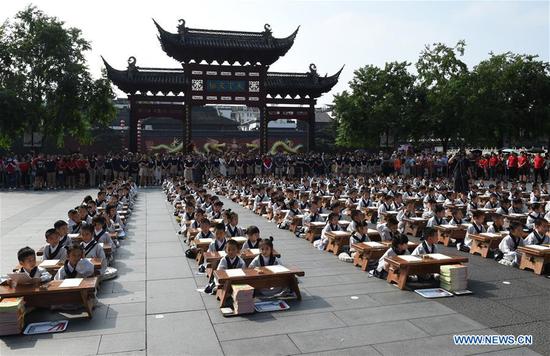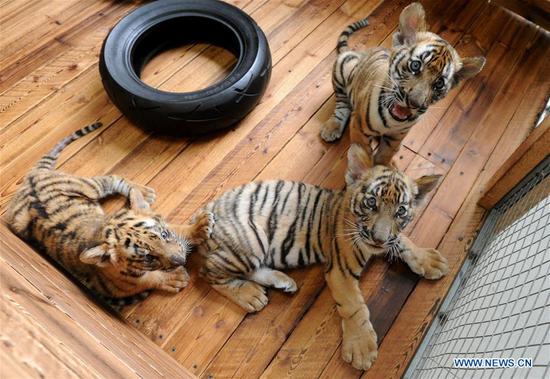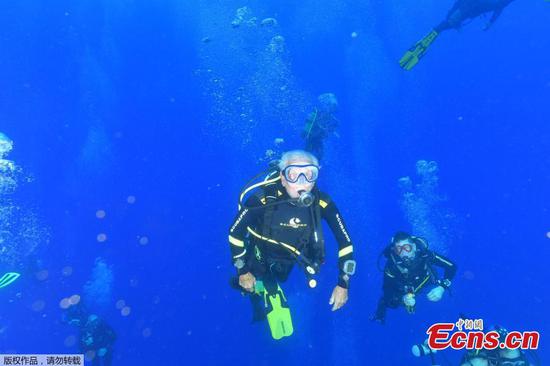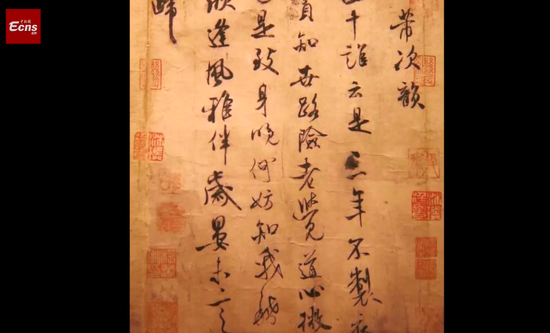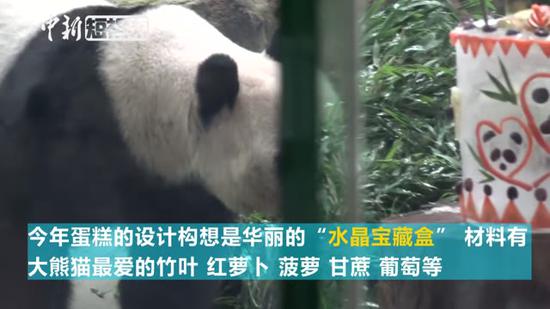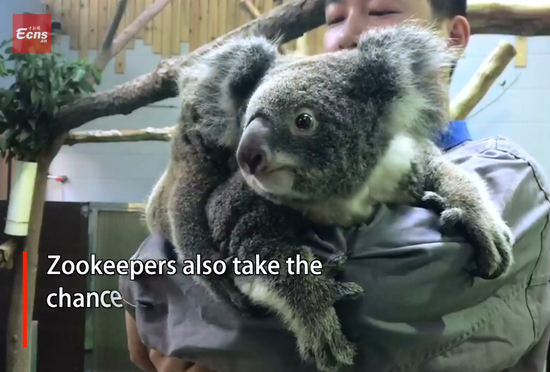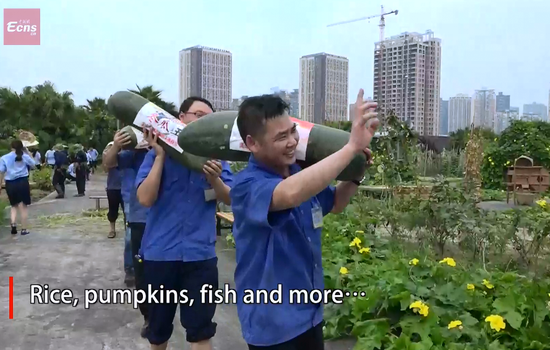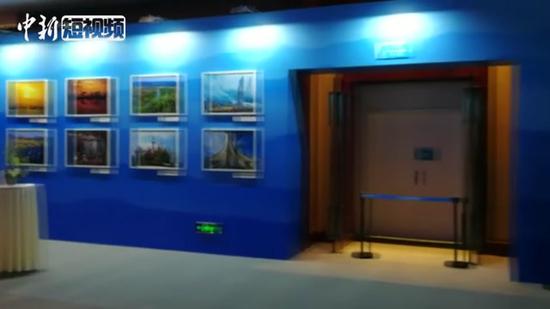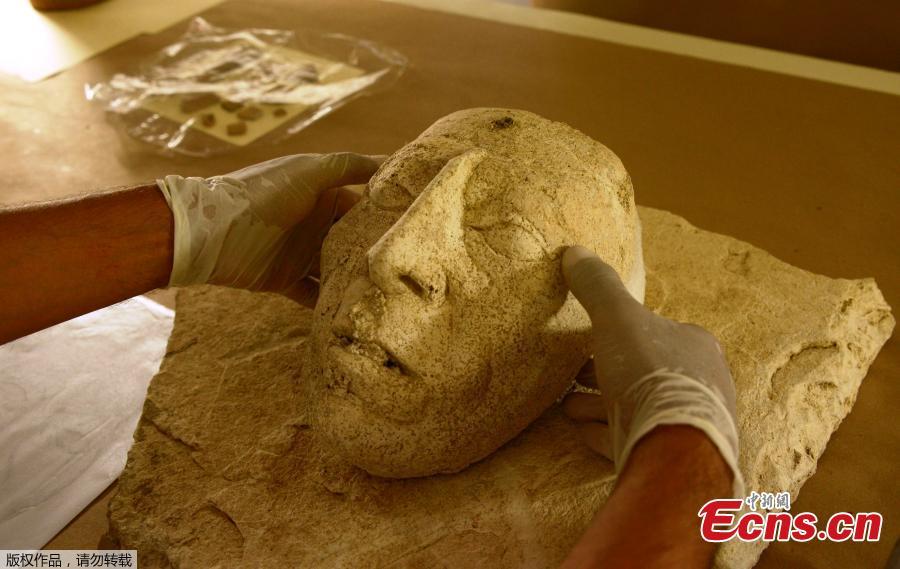
An undated handout photo made available on 27 August 2018, by Mexican federal government bureau INAH, Instituto Nacional de Antropologia e Historia, shows a plaster mask found in one of the structures of the archaeology site in Palenque, Chiapas, Mexico. During the work of conservation of the project that the INAH and the Embassy of the United States promote in favor of the architectural conservation of The Palace and the Tomb of Pakal, a head modeled in stucco, a substructure and a Mayan offering was unveiled in the state of Chiapas. The sculpture would symbolize Pakal 'the Great' and was located east of House E, next to a ritual deposit of pottery, remains of fauna, minerals and other elements.(Photo/Agencies)

An undated handout photo made available on 27 August 2018, by Mexican federal government bureau INAH, Instituto Nacional de Antropologia e Historia, shows a plaster mask found in one of the structures of the archaeology site in Palenque, Chiapas, Mexico. During the work of conservation of the project that the INAH and the Embassy of the United States promote in favor of the architectural conservation of The Palace and the Tomb of Pakal, a head modeled in stucco, a substructure and a Mayan offering was unveiled in the state of Chiapas. The sculpture would symbolize Pakal 'the Great' and was located east of House E, next to a ritual deposit of pottery, remains of fauna, minerals and other elements.(Photo/Agencies)
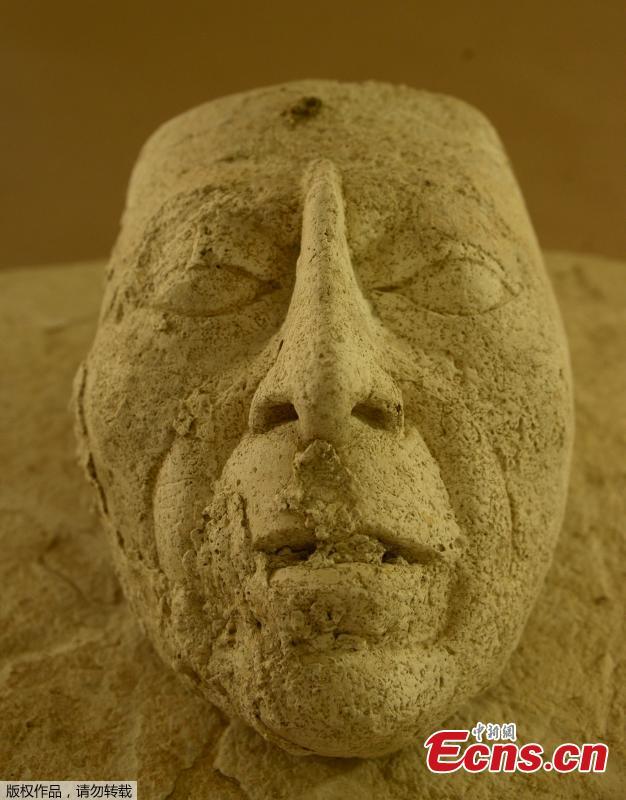
An undated handout photo made available on 27 August 2018, by Mexican federal government bureau INAH, Instituto Nacional de Antropologia e Historia, shows a plaster mask found in one of the structures of the archaeology site in Palenque, Chiapas, Mexico. During the work of conservation of the project that the INAH and the Embassy of the United States promote in favor of the architectural conservation of The Palace and the Tomb of Pakal, a head modeled in stucco, a substructure and a Mayan offering was unveiled in the state of Chiapas. The sculpture would symbolize Pakal 'the Great' and was located east of House E, next to a ritual deposit of pottery, remains of fauna, minerals and other elements.(Photo/Agencies)
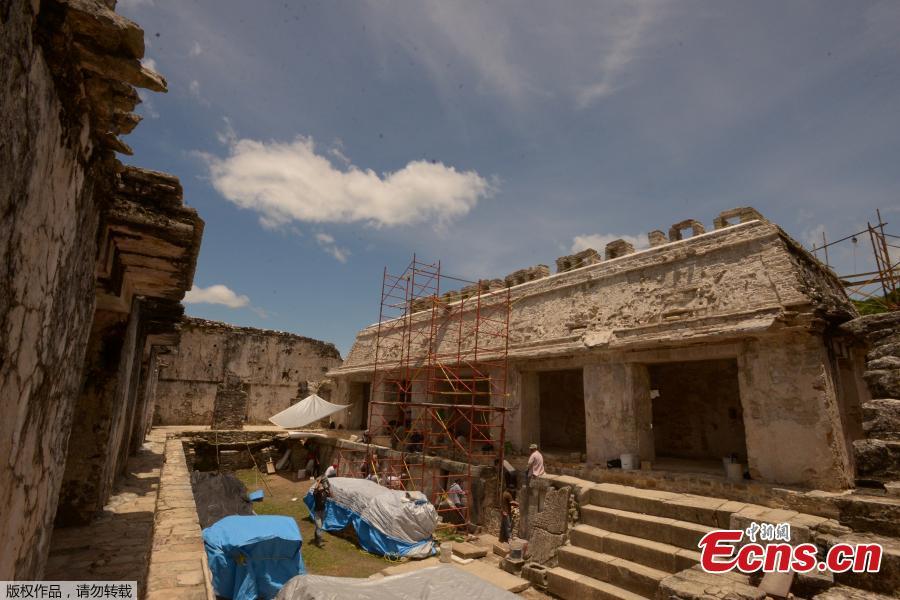
Ritual objects such as ceramic figures, carved bones and flint were also discovered in the archaeology site in Palenque, Chiapas, Mexico. (Photo/Agencies)
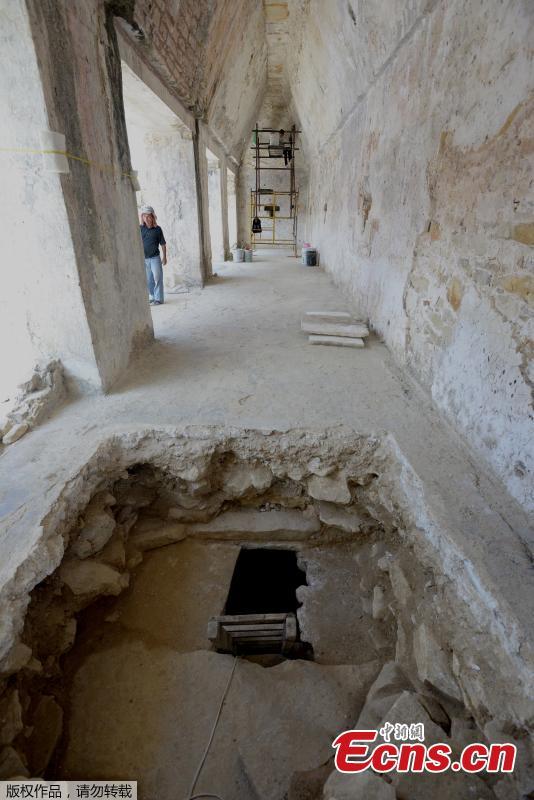
Ritual objects such as ceramic figures, carved bones and flint were also discovered in the archaeology site in Palenque, Chiapas, Mexico. (Photo/Agencies)
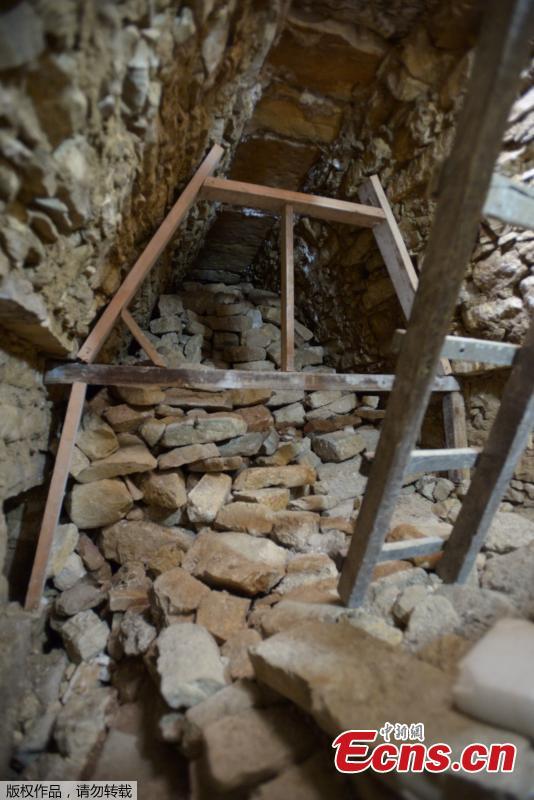
Ritual objects such as ceramic figures, carved bones and flint were also discovered in the archaeology site in Palenque, Chiapas, Mexico. (Photo/Agencies)










